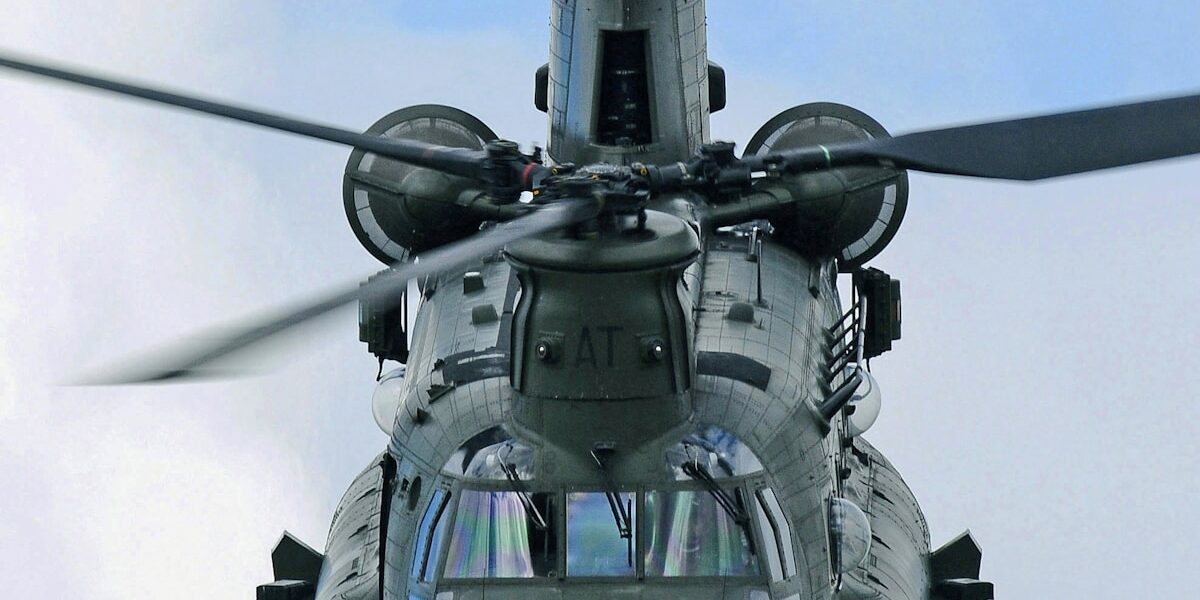Inside the F-35 Weapons Bay
Inside the F-35 Weapons Bay
The F-35, also known as the Lightning II, is a cornerstone in modern military aviation. One of its key features is the weapons bay, a compartment designed to house and deploy various armaments.
Purpose and Design
The internal weapons bay serves several strategic purposes. It allows the aircraft to maintain its stealth capabilities by reducing the need for external pylons. Radar cross-section is minimized, making the F-35 harder to detect.
The design of the weapons bay incorporates advanced materials and technology. Carbon fiber composites and stealth coatings are used to ensure minimal radar signature even when the bay doors are open briefly for weapon deployment.
Weapons Bay Layout
In terms of layout, the F-35 has two main internal weapons bays, located between the aircraft’s engine and the wings. This configuration is different from traditional fighter jets, which often rely on external hard points.
Each bay is capable of housing multiple types of armaments. The modular design allows for quick reconfiguration based on mission requirements. This flexibility enhances the jet’s operational versatility.
Types of Weapons Carried
The F-35’s weapons bay can accommodate a wide range of munitions, suited for various combat scenarios.
- Air-to-Air Missiles: The AIM-120 AMRAAM and AIM-9X Sidewinder are commonly housed within the bay. These missiles provide the F-35 with potent air superiority capabilities.
- Air-to-Ground Munitions: The jet can carry precision-guided bombs such as the JDAM (Joint Direct Attack Munition) and the Paveway series. These enhance the F-35’s effectiveness in ground-attack roles.
- Anti-Ship Missiles: The AGM-158C LRASM can be deployed from the weapons bay to target naval threats. This extends the operational scope of the jet to maritime environments.
Stealth Capabilities
One of the significant advantages of the internal weapons bay is the retention of the aircraft’s stealth characteristics. The F-35 is designed to operate in areas where enemy radar systems are prevalent. Housing weapons internally ensures reduced radar visibility.
The bay doors are designed to open and close rapidly, minimizing the window during which the aircraft’s radar signature is increased. This feature is crucial during combat scenarios that require quick engagement and disengagement.
Sensor Integration
Advanced sensors are integrated within the weapons bay to assist in targeting and deployment. The Distributed Aperture System (DAS) provides 360-degree situational awareness. This enhances targeting precision and minimizes the risk of detection.
The sensors also communicate with the aircraft’s radar and other targeting systems. This networked approach ensures that weapon deployment is both fast and accurate, maintaining stealth where possible.
Software and Upgrades
The F-35 weapons bay uses cutting-edge software to manage and deploy its arsenal. Mission data loads can be updated quickly to adapt to new threats or objectives. The software integrates with the aircraft’s avionics, providing a seamless link between the pilot’s controls and the weapons systems.
Regular software updates ensure that the weapons bay remains at the forefront of technological advancements. These updates can include new munitions compatibility, improved targeting algorithms, and enhanced stealth capabilities.
Maintenance and Support
Maintenance protocols for the weapons bay are rigorous. Ground crews receive specialized training to handle the sophisticated systems. Maintenance includes routine checks, software updates, and physical inspections to ensure operational readiness.
Support for the F-35 weapons bay extends globally. Nations participating in the F-35 program have access to a shared pool of knowledge and resources. This collective approach improves the overall reliability and effectiveness of the aircraft.
International Adaptation
The F-35 is used by various nations, each with unique operational requirements. The modular nature of the weapons bay allows for country-specific adaptations. For instance, certain allies may prefer different armament configurations based on regional threats.
These adaptations do not compromise the core capabilities of the aircraft. Instead, they enhance the operational flexibility, allowing the F-35 to serve effectively in diverse theaters of operation.
Conclusion
The F-35’s weapons bay exemplifies advanced aviation technology. Its design, versatility, and stealth capabilities make it a critical component of modern aerial combat. As technology evolves, the weapons bay will likely continue to adapt, ensuring the F-35 remains a formidable force in the skies.
“`




Subscribe for Updates
Get the latest articles delivered to your inbox.
We respect your privacy. Unsubscribe anytime.